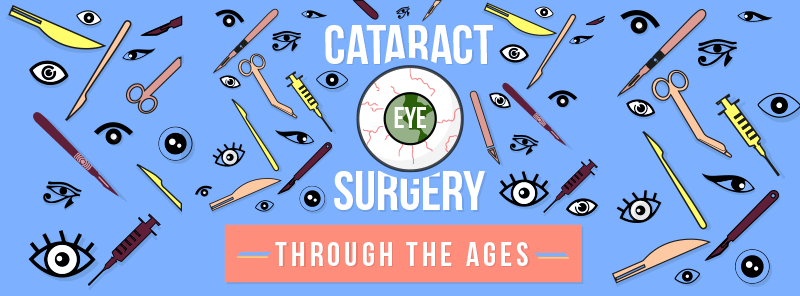Material Create By-Duus Gold
As a parent, you might question when your child ought to see a pediatric optometrist. https://healthcare.utah.edu/the-scope/shows.php?shows=0_s67swta4 is necessary to acknowledge the signs of prospective vision problems, like scrunching up your eyes or constant headaches. You'll intend to see to it your youngster obtains the appropriate assessments at essential ages. Comprehending these standards can assist you take aggressive actions for their aesthetic health. But what specific indicators should you look for, and what remedies are readily available?
Common Signs of Vision Issues in Children
When you notice your child scrunching up your eyes, scrubing their eyes, or battling to focus on distant items, it might be time to consider their vision wellness. These indicators can suggest underlying concerns that require attention.
You could likewise see them staying clear of reading or close-up tasks, regularly turning their head, or complaining of migraines after school. If https://mgyb.co/s/PfVdk appears easily sidetracked or has difficulty complying with relocating items, it can signify a vision issue too.
In addition, if they often cover one eye or experience difficulty with deepness understanding, it's necessary to act. Being positive concerning these signs can lead to timely treatments, guaranteeing your youngster's vision establishes correctly and sustaining their understanding and day-to-day tasks.
Don't wait to seek advice from a pediatric ophthalmologist if you're worried.
Age-Specific Guidelines for Eye Tests
Eye exams are critical at different stages of your child's growth, and understanding when to schedule them can make a big difference.
For babies, it's advised to have their first eye examination at six months. This aids catch any kind of prospective concerns early on.
As your kid comes close to age three, a detailed examination is crucial to examine their vision and eye placement.
Once they start college, around age five or six, ensure they have actually one more examination to check for vision modifications that can influence learning.
Afterwards, regular eye examinations every one to 2 years are normally enough, unless your youngster has details problems or risk factors.
Staying aggressive with these standards helps preserve your child's aesthetic health and wellness for a lifetime.
Solutions for Common Pediatric Vision Issues
Attending to common pediatric vision problems early can considerably boost your youngster's lifestyle and finding out experience.
If your youngster struggles with nearsightedness or farsightedness, corrective glasses or contact lenses can help them see clearly.
For problems like amblyopia (careless eye), therapies like patching the more powerful eye can improve vision in the weaker one.
If your kid has strabismus (gone across eyes), alternatives like vision therapy or surgery might be necessary to align the eyes.
Normal eye tests are crucial for checking these problems and readjusting therapies as needed.
Encourage healthy and balanced eye routines, like restricting display time and making sure proper lighting while analysis.
Verdict
Finally, keeping an eye on your kid's vision is vital. Keep in mind to schedule their first eye examination by 6 months, and follow up at age three and about 5 or six. If you notice indications like squinting or problems of headaches, do not wait-- seek advice from a pediatric eye doctor. Early discovery and customized services can make a substantial difference in your youngster's visual health and wellness and total well-being. Do something about it currently to guarantee they see the globe clearly!

